Amber: Gemstone and Jewelry
Amber has a rich history and is known for its unique beauty, which has been appreciated across different cultures and civilizations. It has been used for various purposes, including jewelry, decoration, and medicinal purposes, and is believed to have mystic properties that can provide protection and healing. This article will provide a comprehensive overview of the gemstone and jewelry of amber, including its history, properties, types, uses, and care.

History of Amber:
Amber is a fossilized resin that is derived from ancient trees that existed millions of years ago. The resin was produced as a protective mechanism to repair damage to the tree's bark or protect it from insects and fungus. Over time, the resin hardened and fossilized, preserving the remnants of insects, plants, and animals trapped inside. Amber has a rich history dating back to the ancient civilizations of Greece, Rome, Egypt, and China. The Greeks believed that amber was the tears of the sun god, Helios, that fell into the sea and solidified. It was considered a symbol of immortality, and women wore amber jewelry for protection and good luck.
In ancient Rome, amber was a highly valued commodity and was used for decorative purposes, including in jewelry. It was also believed to have medicinal properties and was used in various remedies. The Egyptians used amber in the embalming process to preserve the body of the deceased. In China, amber was used in traditional medicine and was believed to be a cure for various ailments. It was also used for ornamental and decorative purposes and was considered a symbol of wealth and prosperity.

Properties of Amber:
Amber is a unique gemstone that is characterized by its warm, golden hue and the presence of inclusions. The gemstone is lightweight, with a specific gravity of 1.05-1.10, making it easy to wear. It is also relatively soft, with a hardness of 2-2.5 on the Mohs scale, making it susceptible to scratches and damage. Amber has a resinous luster and, when polished, has a smooth and silky surface.
The gemstone is transparent to translucent and can be of different hues, including yellow, brown, orange, red, and green. The color of amber is determined by the presence of inclusions and the amount of sunlight that the resin absorbed. Inclusions are the remnants of insects, plants, or animals that are trapped inside the resin and have been preserved over millions of years. These inclusions give amber its unique character and provide insight into the flora and fauna that existed during the period when the resin was produced.

Types of Amber:
Amber comes in different types and is classified based on its geographical origin, age, and chemical composition. The most common types of amber include Baltic amber, Dominican amber, Mexican amber, and Burmese amber.
- Baltic Amber: Baltic amber is the most well-known and highly prized type of amber. It is found in the Baltic region of Europe, which includes countries such as Poland, Lithuania, and Latvia. Baltic amber is believed to be around 44 million years old and is characterized by its warm, golden hue and the presence of inclusions of insects, plants, and animals.
- Dominican Amber: Dominican amber is found in the Dominican Republic, and it is believed to be around 25-40 million years old. It is characterized by its clarity and the presence of inclusions of insects, plants, and animals. Dominican amber is often used in high-end jewelry and is prized for its unique beauty and rarity.
- Mexican Amber: Mexican amber is found in Mexico and is believed to be around 22-25 million years old. It is characterized by its warm, reddish-brown hue and the presence of inclusions of insects, plants, and animals. Mexican amber is often used in jewelry and decorative items and is prized for its unique beauty and affordability.
- Burmese Amber: Burmese amber is found in Myanmar and is believed to be around 100 million years old. It is characterized by its deep, red-brown hue and the presence of inclusions of insects, plants, and animals. Burmese amber is often used in scientific research and is prized for its unique beauty and rarity.

Uses of Amber:
Amber has been used for various purposes, including jewelry, decoration, and medicinal purposes. It is believed to have mystic properties that can provide protection and healing, and it is often used in alternative medicine. Jewelry Amber is a popular gemstone for jewelry, and it is often used in the production of necklaces, bracelets, earrings, and rings. It is prized for its unique beauty and the presence of inclusions, which provide a glimpse into the past. Amber jewelry is often used for protection and good luck, and it is believed to provide healing properties.
Decoration Amber is also used for decorative purposes, including in the production of figurines, statues, and other ornaments. It is prized for its warm, golden hue and the unique inclusions that provide a glimpse into the past. Amber ornaments are often used to decorate homes and offices, and they are believed to bring good luck and prosperity.

Medicinal Uses:
Amber is believed to have medicinal properties and is used in alternative medicine. It is believed to have a calming effect on the body and can be used to treat anxiety, stress, and depression. Amber is also believed to have anti-inflammatory properties and can be used to treat pain and swelling.

Care and Maintenance of Amber:
Amber is a relatively soft gemstone, and it requires special care and maintenance to keep it in good condition. The following are some tips for caring for and maintaining amber jewelry:
- Clean amber jewelry with a soft cloth and mild soap and water
- Avoid exposing amber jewelry to harsh chemicals, including perfume, hairspray, and cleaning products
- Store amber jewelry in a cool, dry place
- Avoid exposing amber jewelry to direct sunlight or high temperatures
- Do not wear amber jewelry when swimming or bathing
- Have amber jewelry professionally cleaned and polished by a jeweler every year

Amber is a unique gemstone that has been valued for its beauty, mystic properties, and historical significance. It has been used for various purposes, including jewelry, decoration, and medicinal uses, and it is believed to have healing properties. Amber comes in different types, including Baltic amber, Dominican amber, Mexican amber, and Burmese amber, and is prized for its unique beauty and the presence of inclusions. To keep amber jewelry in good condition, it is essential to care for and maintain it properly, including avoiding exposing it to harsh chemicals and direct sunlight and having it professionally cleaned and polished by a jeweler every year.




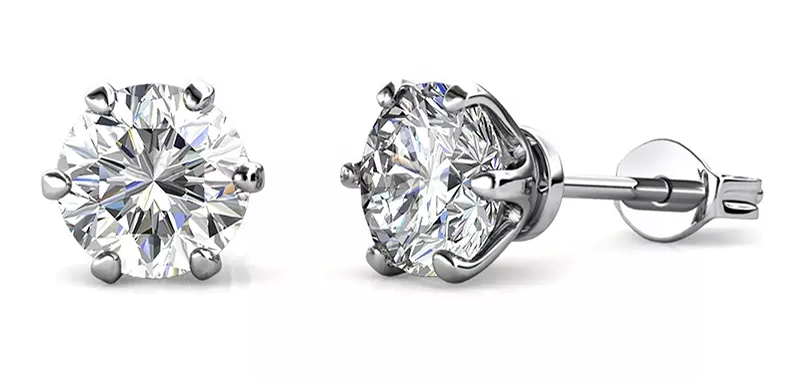
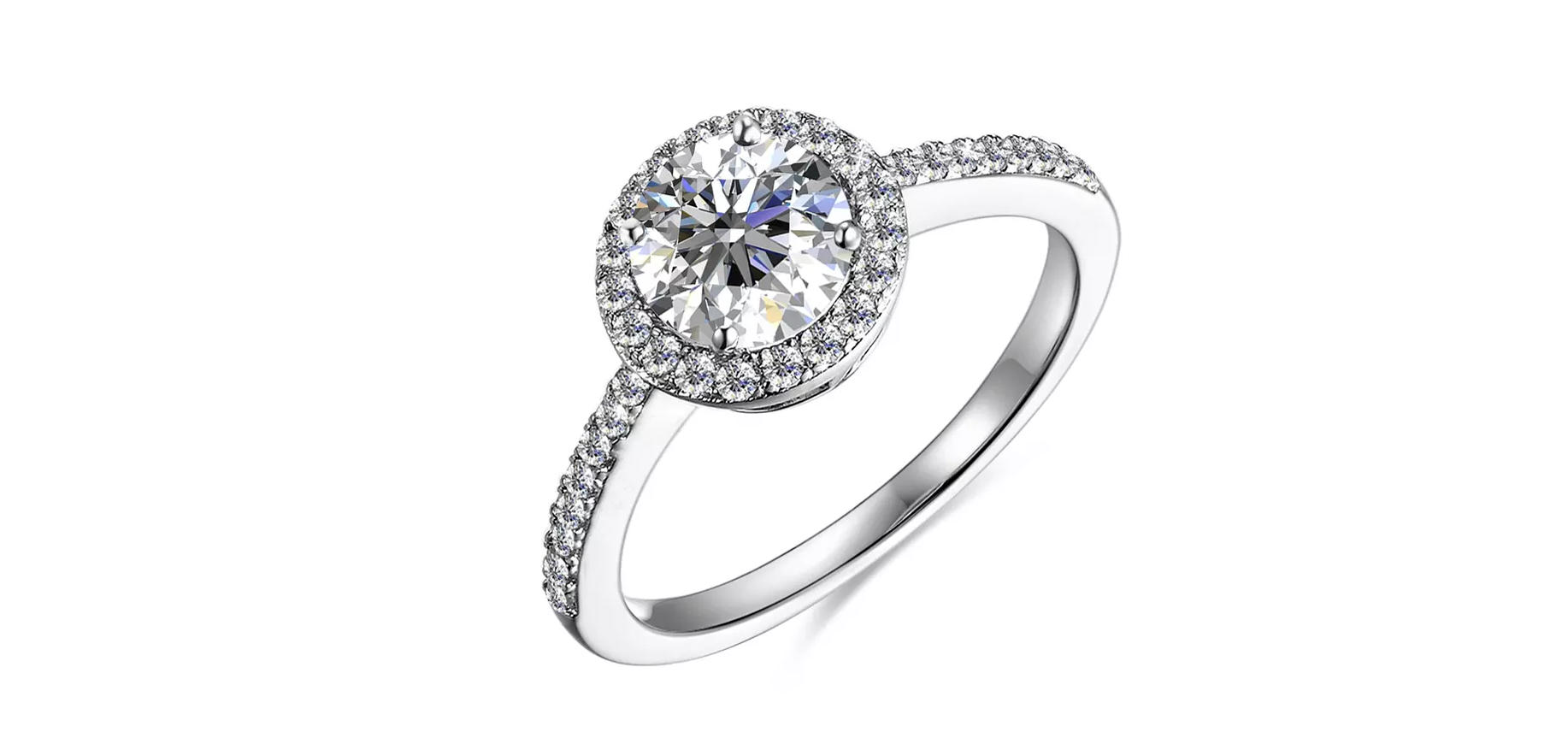
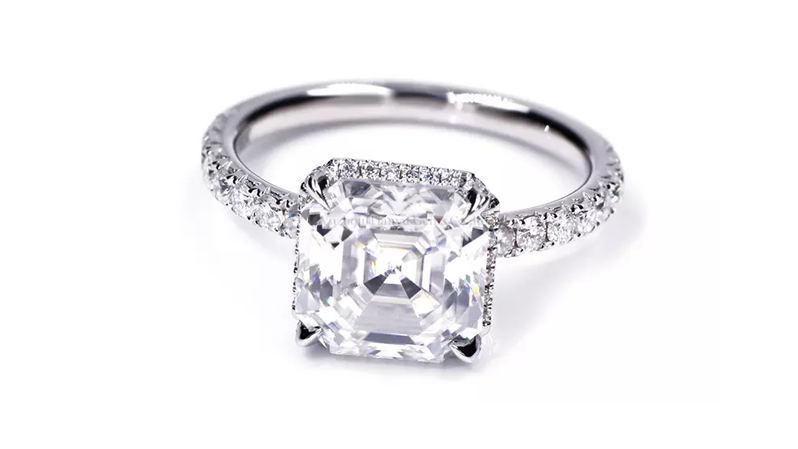
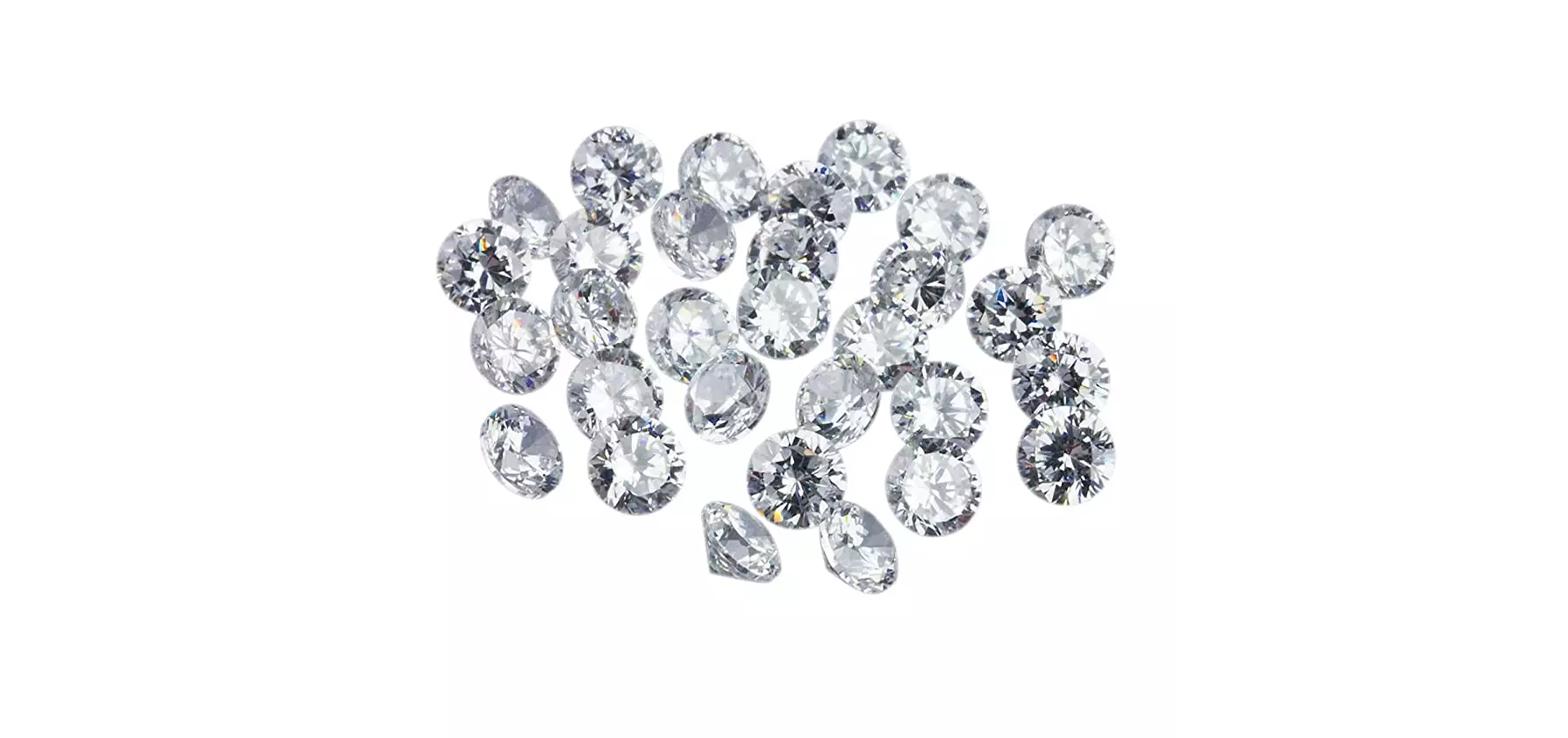
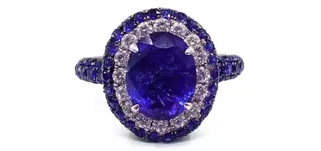
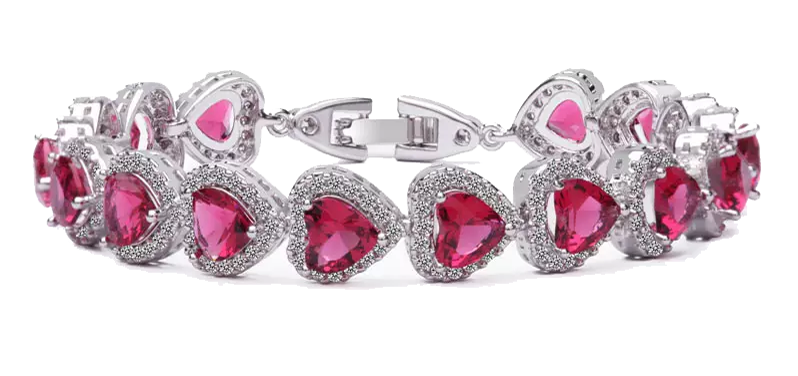
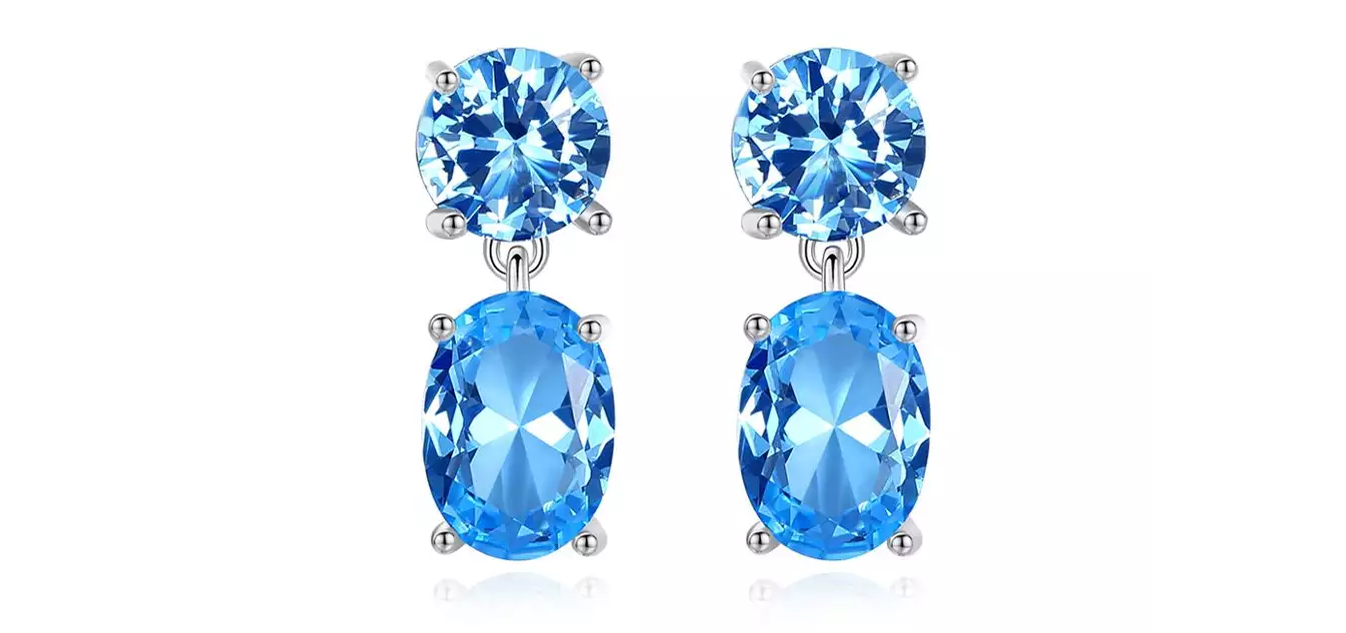
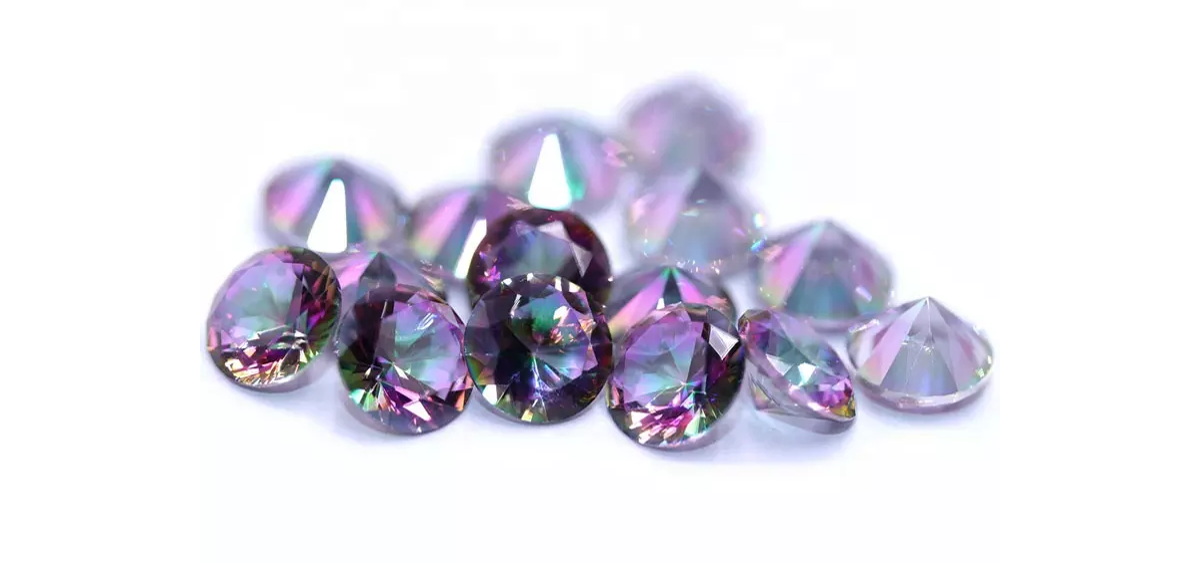
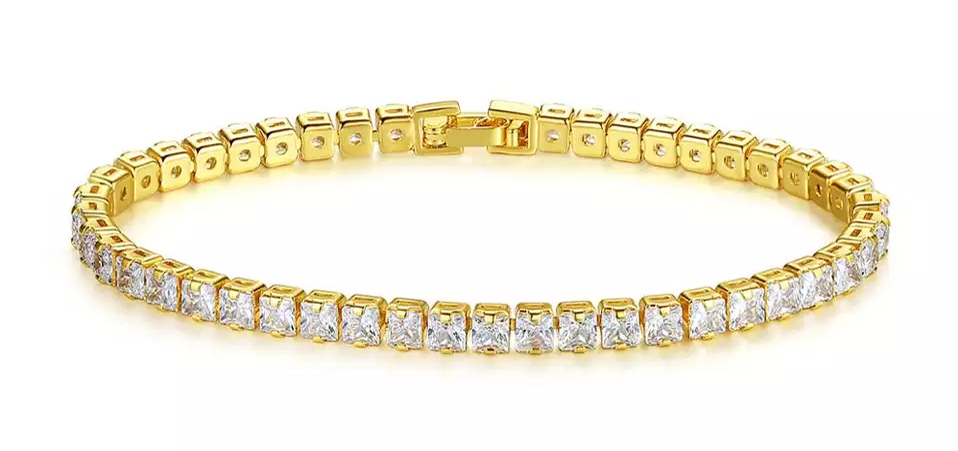
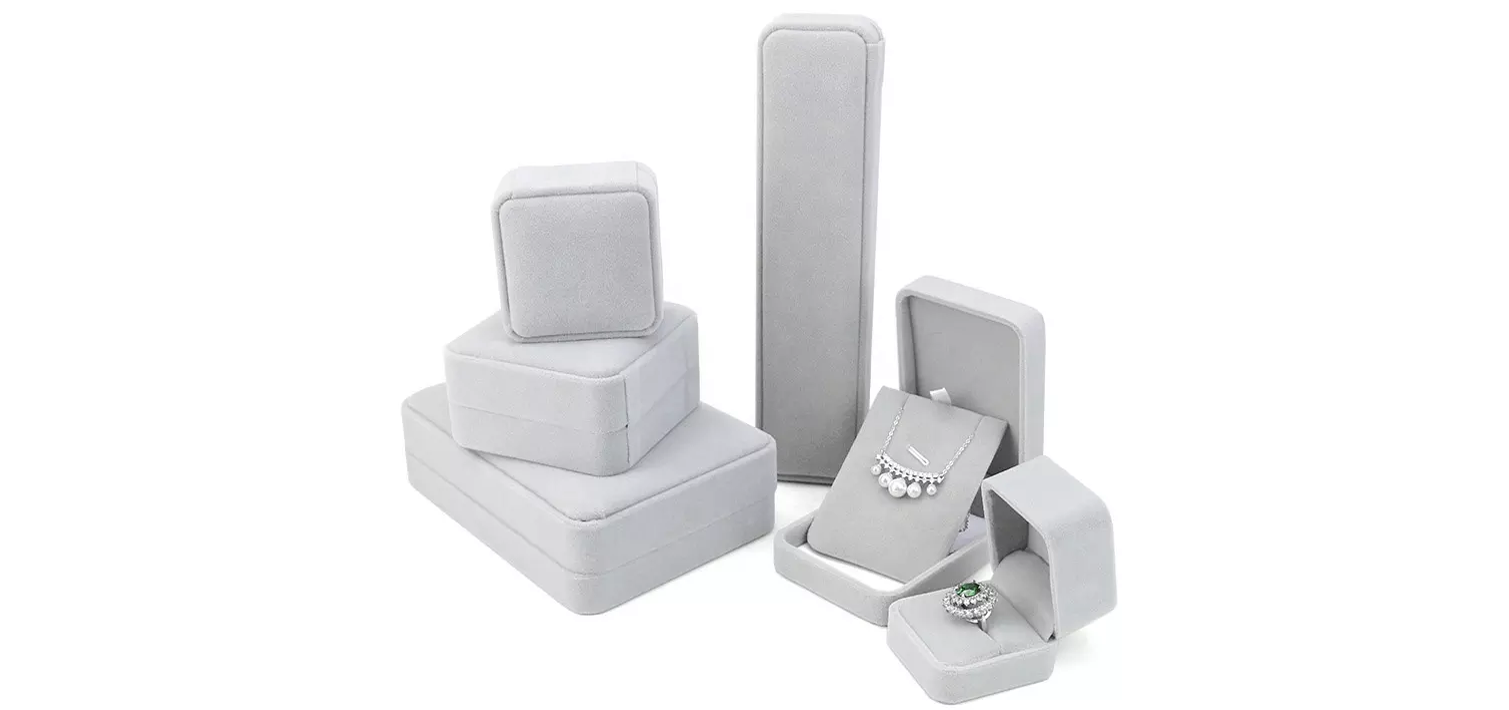
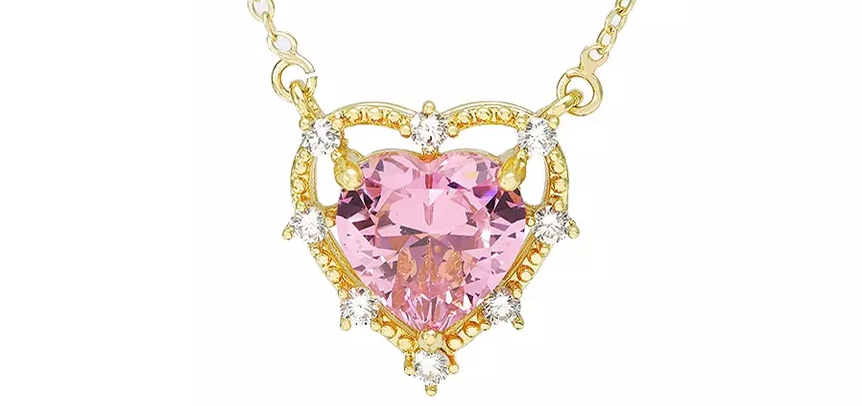
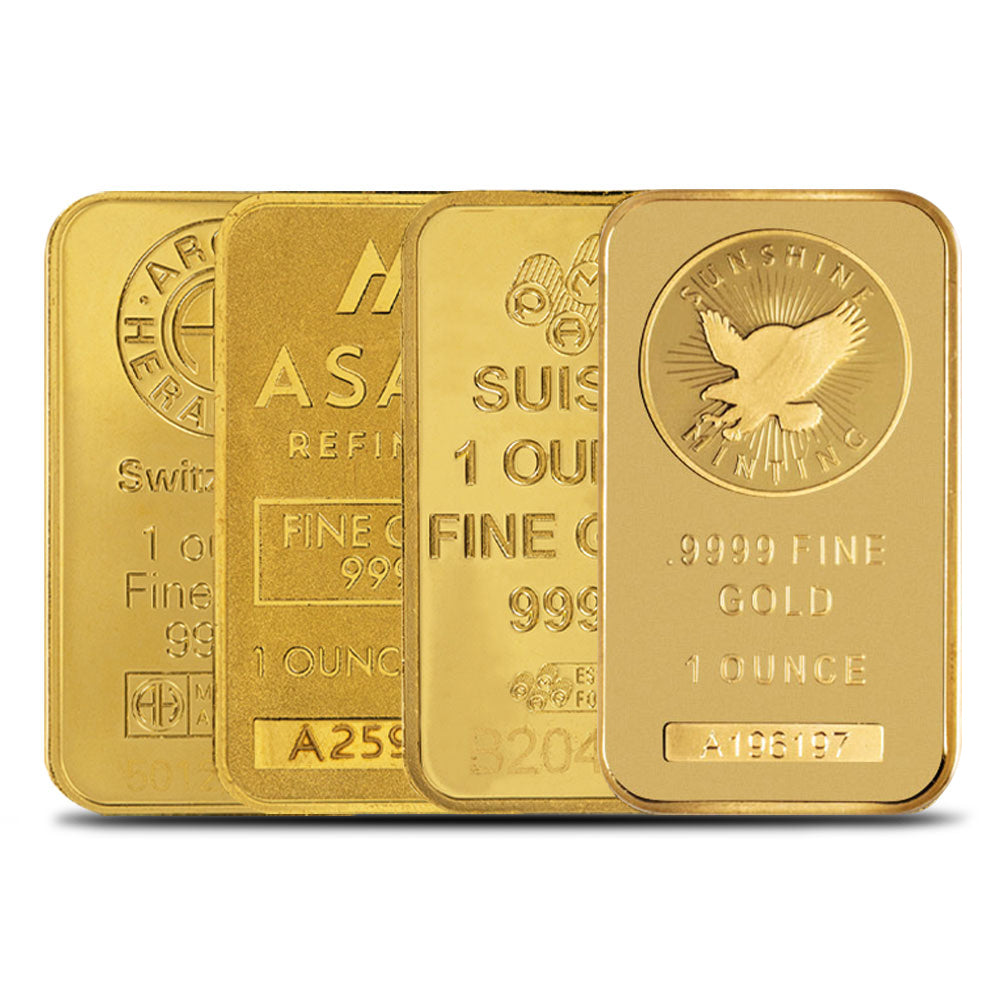
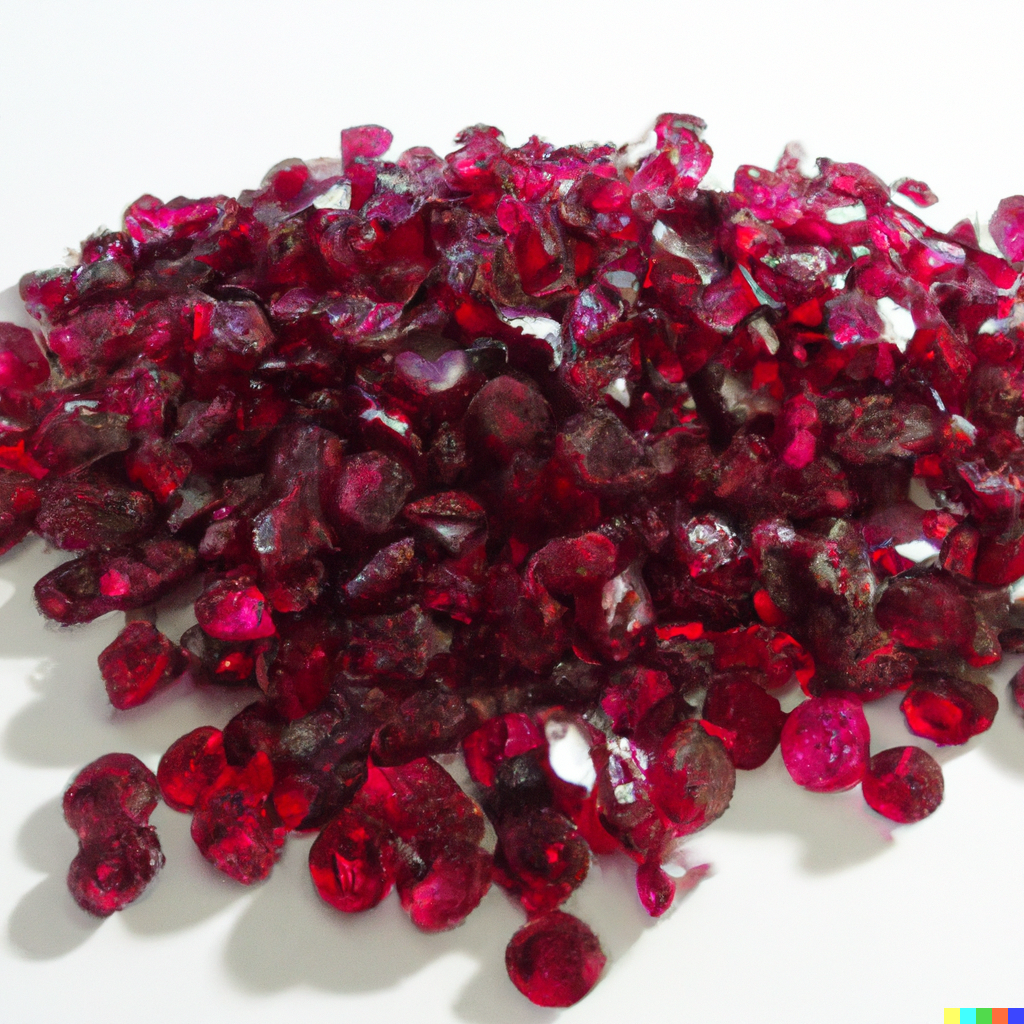
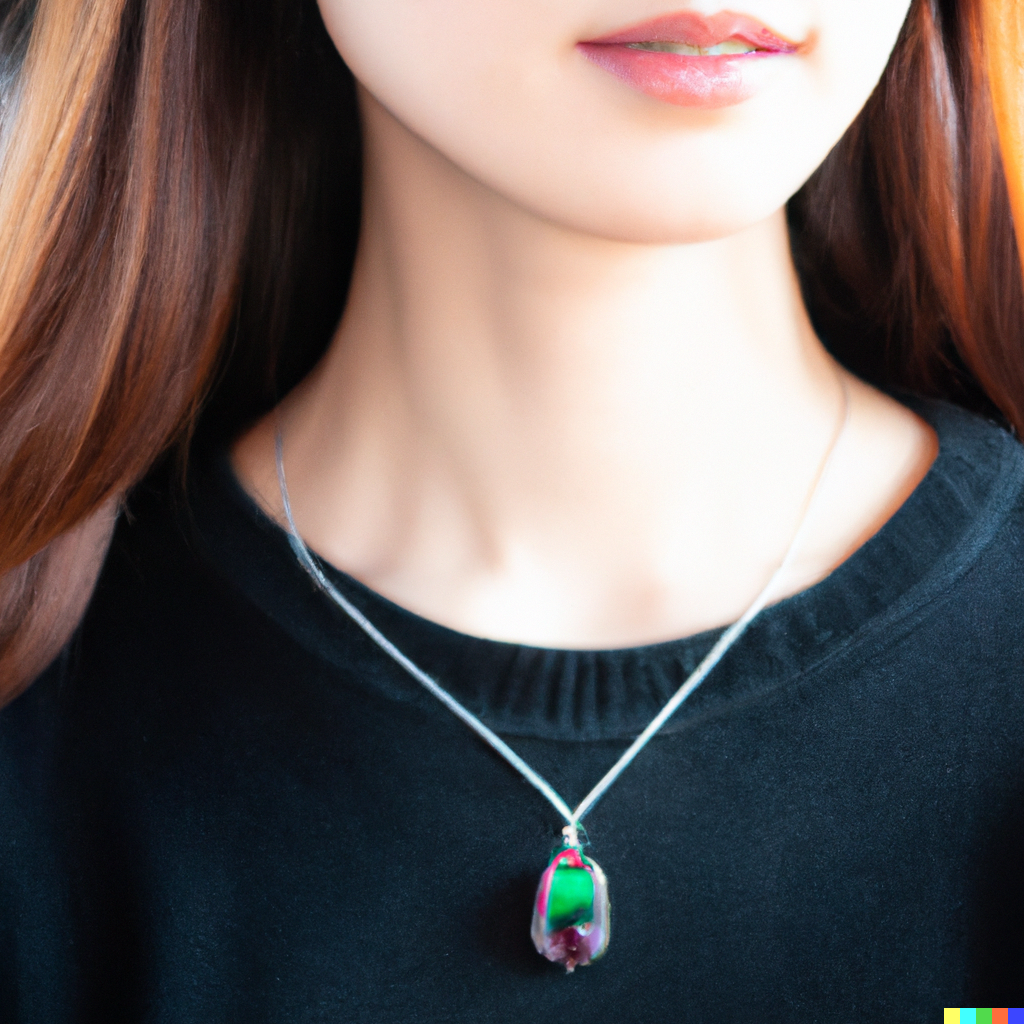
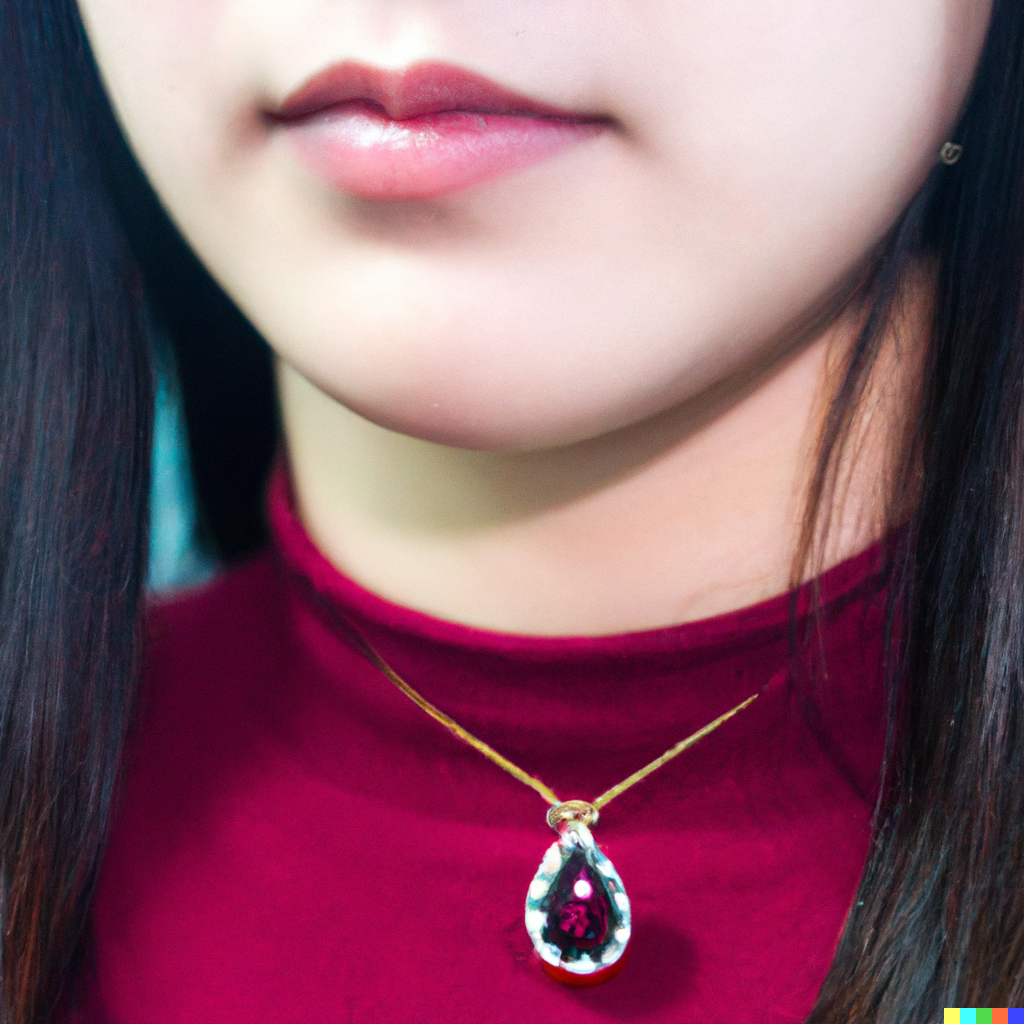
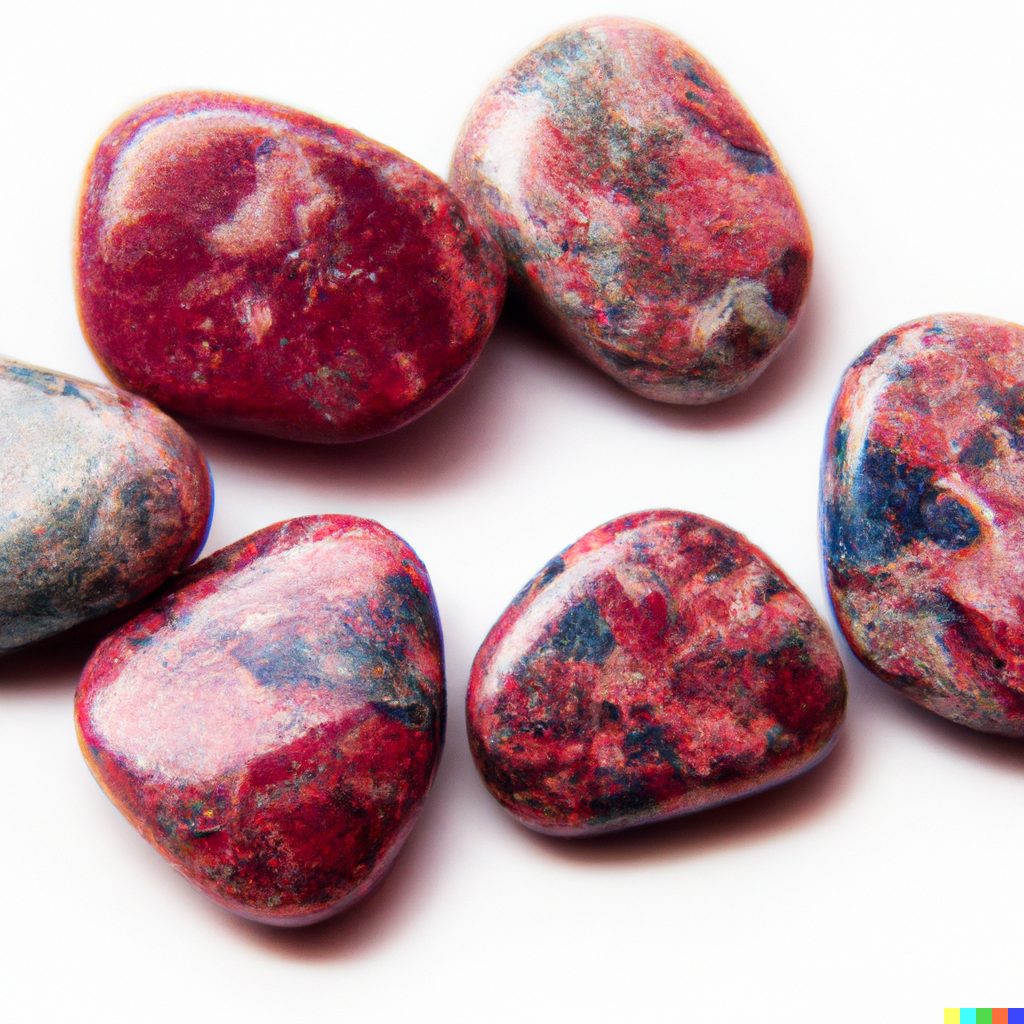


Leave a comment